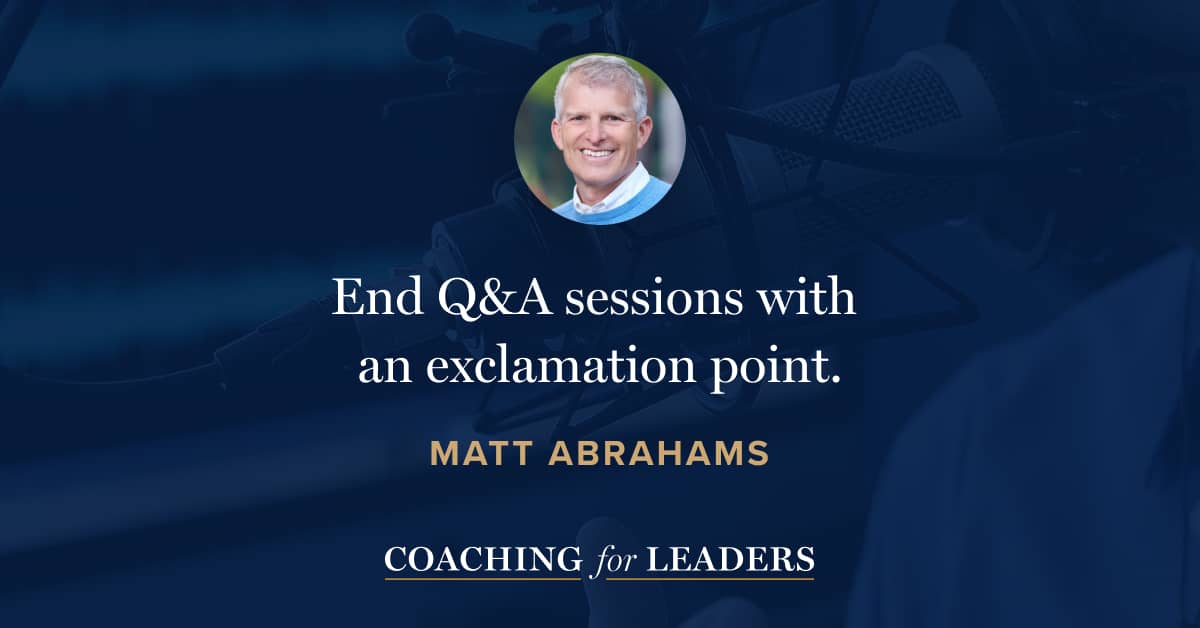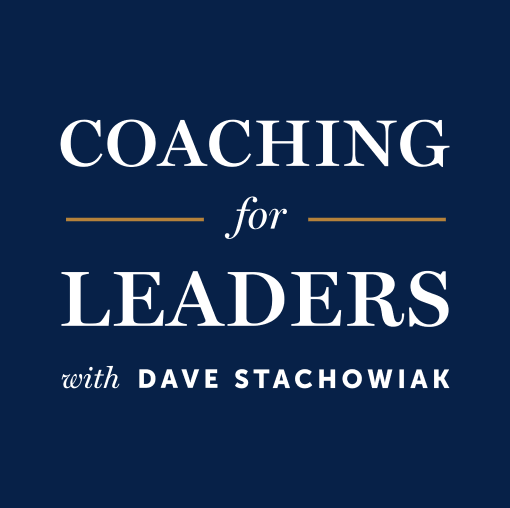Matt Abrahams: Think Faster, Talk Smarter
Matt Abrahams is an educator, author, podcast host, and coach. He is a lecturer in Organizational Behavior at Stanford University’s Graduate School of Business and a keynote speaker and communication consultant for Fortune 100 companies. He is the host of the popular podcast Think Fast, Talk Smart and the author of Think Faster, Talk Smarter: How to Speak Successfully When You're Put on the Spot*.
One of the most common places leaders get put on the spot is when facilitating a question and answer session. In this episode, Matt and I discuss the mindset, preparation, and steps that will help you answer questions with confidence and increase credibility with your audience.
Key Points
- Many presenters think about a Q&A session like playing dodgeball. It’s more helpful to frame it as dialogue.
- Answering questions well allows you to project authenticity, expand on key points, and resolve objections.
- Use the ADD framework to respond to a question. A: answer the question, D: detail an example, and D: describe the value. If helpful, adjust the order.
- Set boundaries for the kinds of questions you’ll answer and the timeframe for them. The audience expects you to lead the conversation.
- Ask yourself a question if nobody else asks one first. This might start with, “A question I’m commonly asked…”
- End with an exclamation point. Sticking the landing provides you confidence and shows credibility to your audience.
Resources Mentioned
Interview Notes
Download my interview notes in PDF format (free membership required).
Related Episodes
- The Way to Influence Executives, with Nancy Duarte (episode 450)
- How to Rehearse Before a Presentation, with Jacqueline Farrington (episode 645)
- That’s a Great Question (Dave’s Journal)
Discover More
Activate your free membership for full access to the entire library of interviews since 2011, searchable by topic. To accelerate your learning, uncover more inside Coaching for Leaders Plus.





